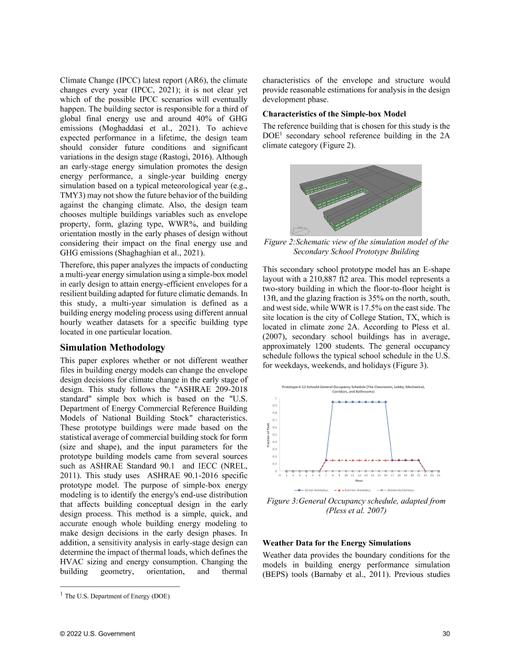-
-
Available Formats
- Options
- Availability
- Priced From ( in USD )
-
Available Formats
-
- Immediate download
-
$16.00Members pay $7.00
- Add to Cart
Customers Who Bought This Also Bought
-

C004 -- Building Envelope Optimization for Future Climati...
Priced From $16.00 -

C011 -- Using CFD Model to Assist Safe Evacuation Analysi...
Priced From $16.00 -

C016 -- Advancing Building Energy Code Using Large Scale ...
Priced From $16.00 -

C018 -- A Method to Predict Building Envelope Constructio...
Priced From $16.00
About This Item
Full Description
This study presents a method of diversifying comparable information in the calibration of the energy model to reduce differences between the simulated results and measured data in Urban Building Energy Modeling (UBEM). One of the calibration issues is the concern that the sub-energies such as heating, cooling, and lighting, may not be the same because the simulation results are adjusted based on total energy consumption. To solve these concerns, it is necessary to add various calibration criteria so that the calibrated results can be the output when all criteria are met. However, it is extremely difficult to obtain comparable additional information of existing buildings. Thus, in this study, parameters related to heating, cooling, and base-load were derived using data-driven method to derive various comparable information. The current study analyzed that there is a difference between the variable that has a high correlation with the total energy, and the input variable that has a sensitive relationship with the parameter, by performing the sensitivity analysis required to select the input variable subject to calibration. That is, postdistribution estimation focusing on input variables related to sub-energy is possible if parameters are used as comparison criteria when calibrating the energy model.





